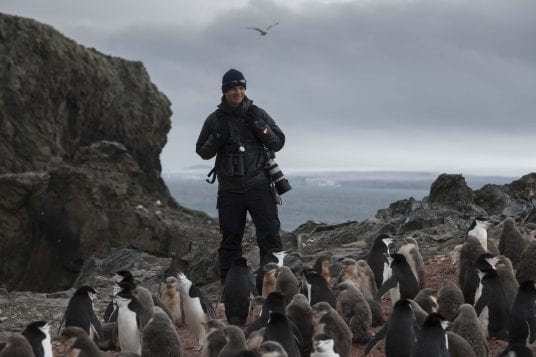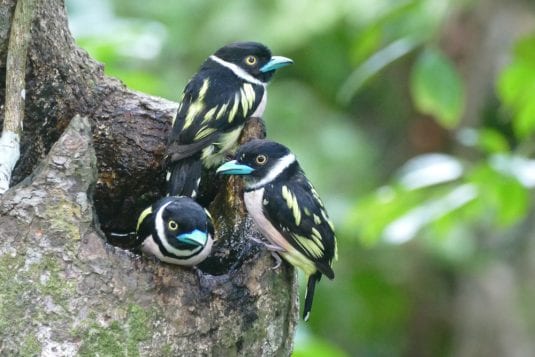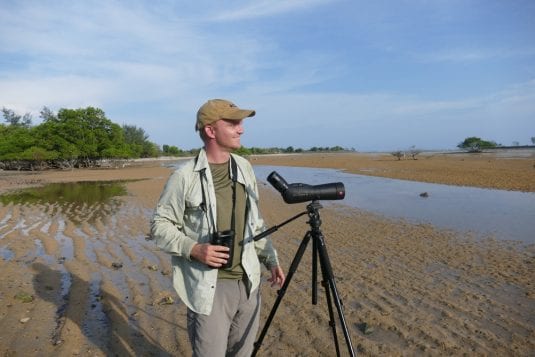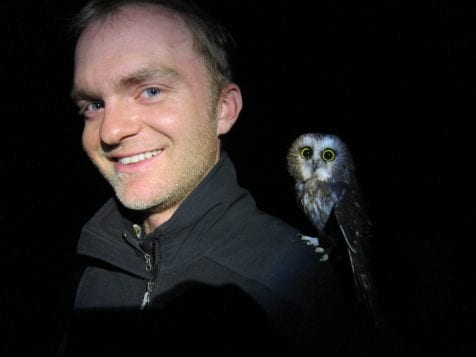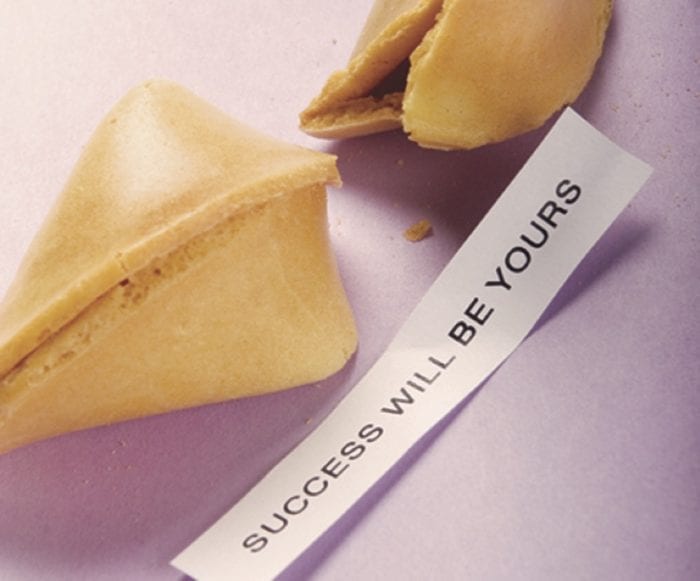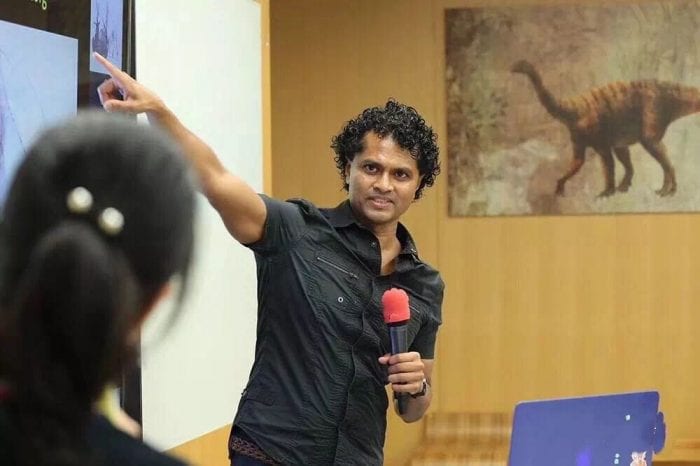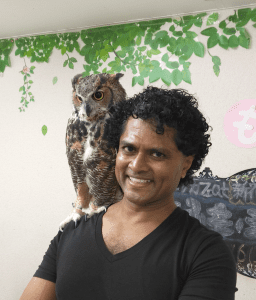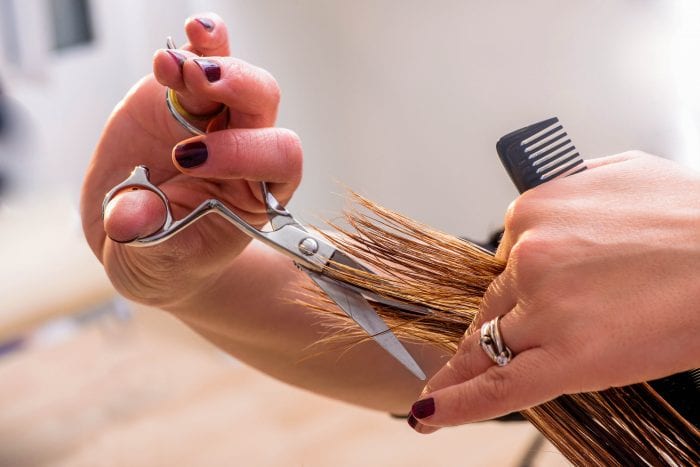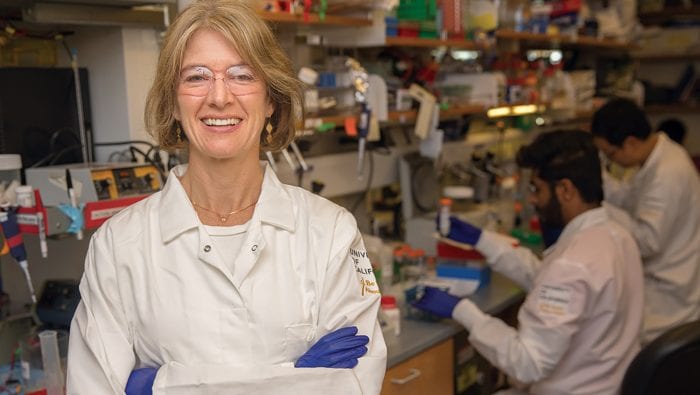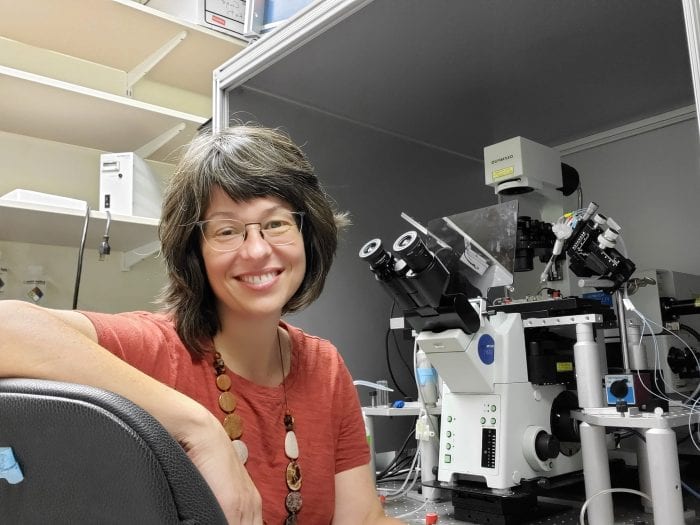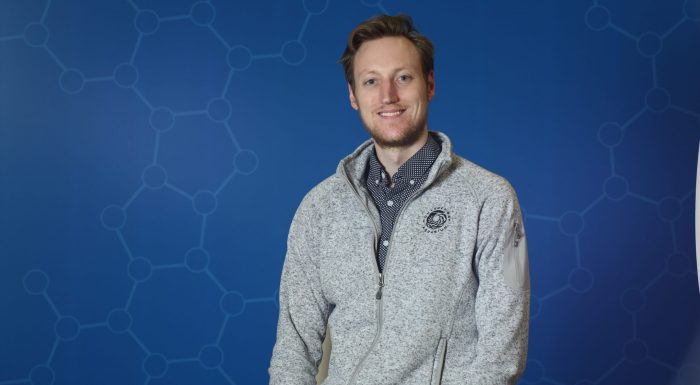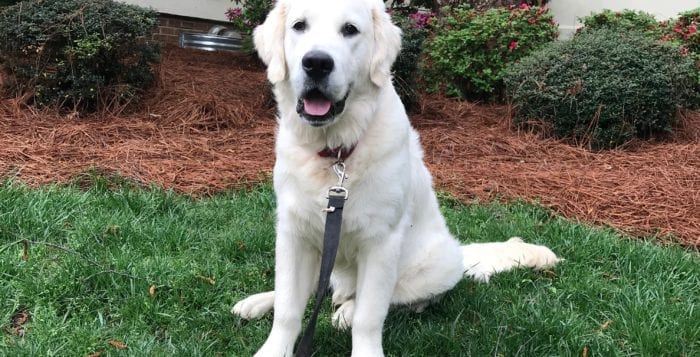By Daniel Dunaief

I’d like to add time to the list of things that have changed during 2020. In addition to our notion of personal space, our concept of public health and our ability to empathize with friends, neighbors and strangers around the world battling against the virus, some of us have a warped sense of time.
My brother calls it a “Groundhog Day” existence, the Bill Murray movie in which each day seems to be a carbon copy of the one before, as time stands still for him while everyone else thinks that one day is a unique part of a continuum.
These days, with so many people working from home and our ventures away from the house fairly limited, our daily existence, even in various phases of reopening, don’t change much, either by month or by season.
Indeed, for many of us, the weekends just mean two more working days from home until Monday. Now, we might not all be working as hard on Saturday or Sunday, but we are well-equipped to get that one additional project done before the week begins.
In addition to forgetting the day of the week, some of us have also developed a less clear connection to the usual merry-go-round elements of each year. Birthdays don’t involve the customary travel, we haven’t attended the same seasonal musical concert at school, and we don’t have the annual family traditions or gatherings.
That has meant both an acceleration and a slowdown in the movement of time. I am both stunned and not surprised that it is early November already.
To illustrate my point, I recently reached out to a scientist with whom I chat periodically. Not wanting to go to the same well too frequently, I try to separate my emails and calls by a few months.
Before I wrote to him, I guessed my last contact was about two weeks earlier. In reality, it had been two months since we spoke.
The mismatch between my memory of the interaction and the reality of the time that passed likely came from a host of factors, including the fact that I enjoy his insights, his sense of humor and the information he shares.
Additionally, however, the time warp is a product of the amount of running in place I do on a regular basis, whether that’s chasing down stories or providing updates on the ongoing twists and turns in our coverage of the pandemic.
Without much variability, each day achieves its own familiar rhythm, even if the days and weeks blend together.
For me, this week, with the election, arrived both quickly and not soon enough. It’s a relief that the attack ads, the cross talk and the vitriol connected with the election will end, even if the parties lining up on both sides of the fence line continue to shout into the wind about each other.
In addition to “Groundhog Day,” I have also pondered the Tom Hanks movie “Cast Away.” When Hanks’ Chuck Noland — wait, I finally get it, Noland, as in “no land” because he’s cast away from his previous life — finally escapes and returns to civilization, I thought we missed out on the incredible opportunity to see Hanks adjust to speaking to people after four years with only a volleyball for companionship.
Once our lives return to some level of normal, I imagine we will all make numerous adjustments, including to the annual journey through years filled with more varied activities and in-person connections with people who live further away.


